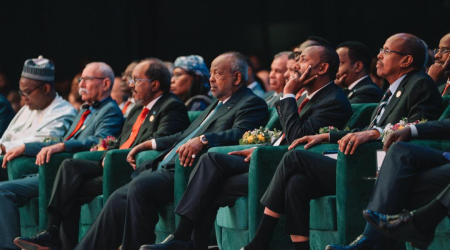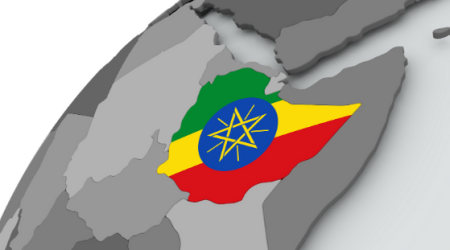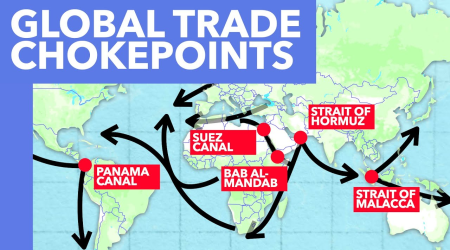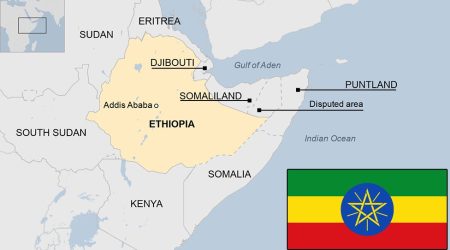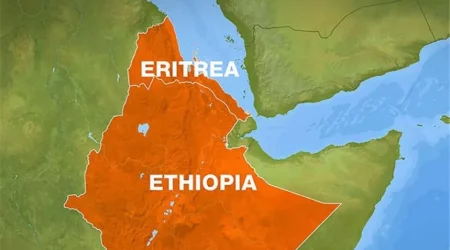
19
Apr
Kenya and Ethiopia Sign Trade Pact that Blends Practical Integration with Strategic Intent
Kenya and Ethiopia have formalized a cross-border trade agreement that, while modest in scope, signals a thoughtful convergence of economic pragmatism and regional diplomacy. The Memorandum of Understanding (MoU), signed in Mombasa and rooted in the African Continental Free Trade Area (AfCFTA), sets a $1,000 threshold for small-scale traders operating through the Moyale border, offering four tax-exempt crossings per month within clearly delineated border zones.
These technical provisions, 100 kilometers into Kenyan territory and 50 into Ethiopia, might appear narrowly economic. Yet, embedded within them is a deeper calculus, one that recognizes the border not merely as a line of control, but as a space for managed cooperation, inclusive development, and geopolitical stabilization.
Cabinet Secretary for Investments, Trade, and Industry Lee Kinyanjui characterized the agreement as a “foundation for freer movement of goods, services, and people.” His Ethiopian counterpart, Kassahun Gofe, underscored the policy alignment as a forward step in actualizing AfCFTA goals while reinforcing bilateral channels that have often been underleveraged.
What distinguishes this MoU is not its novelty, but its quiet ambition. For two years, joint technical committees negotiated the conditions for trade facilitation, tackling the often contentious issues of product eligibility, value caps, and cross-border mobility. The result is a highly localized mechanism with potentially regional reverberations.
Moyale, a town straddling both nations, has long been a node of informal trade. By introducing a structured yet flexible regime, both governments are effectively recognizing, and legitimizing, a commercial ecosystem that has sustained border communities for decades, albeit outside formal policy frameworks. The new provisions offer predictability where ambiguity once prevailed.
Trade data from the International Trade Centre supports this recalibration. Kenya’s exports to Ethiopia reached $86.2 million in 2023, led by manufactured goods and fuels, while imports stood at $36.7 million, dominated by agricultural products such as coffee, tea, and oilseeds. Although modest relative to larger African trade corridors, these flows point to complementarities that could be scaled under a more facilitative regime.
Beyond numbers, however, the agreement reflects a strategic sensibility. Both nations, facing domestic and regional complexities, are seeking low-cost, high-impact forms of engagement. Trade, in this context, serves not only as an economic tool but as a diplomatic gesture, building interdependence through tangible, everyday transactions.
As AfCFTA gains traction continent-wide, initiatives like this one demonstrate how high-level ambitions can be translated into functional policy at the border. Kenya and Ethiopia are not only trading goods, they are testing a model of neighborly cooperation that values structure without overreach, and vision without fanfare.




